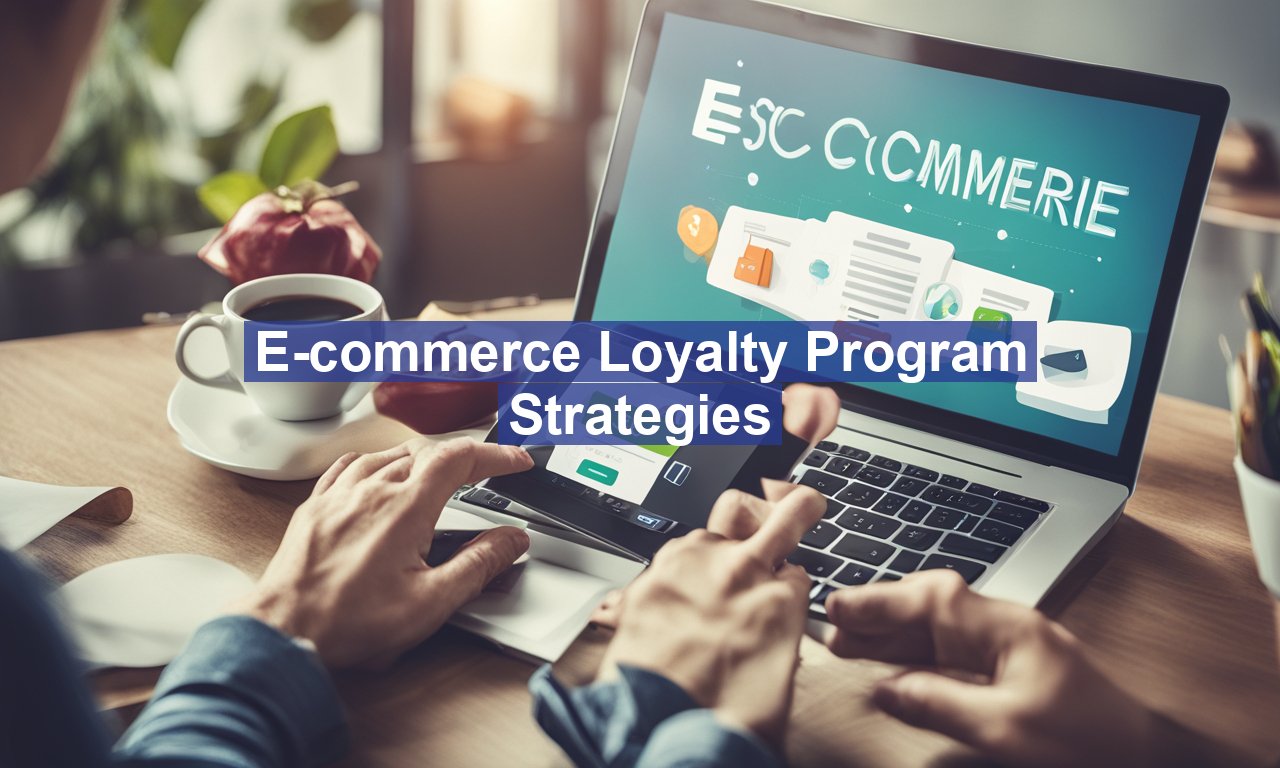Why E-commerce Loyalty Programs Matter
**Customer Retention** is often more challenging and costlier than acquisition. It’s significantly more profitable to cater to existing customers who are already familiar with your brand. Loyalty programs encourage repeat purchases, increasing your overall retention rate. When implemented effectively, they don’t just boost your sales—they turn your customers into your best marketers.
**Increased Average Order Value** is another perk. Customers who are part of your loyalty program are more likely to spend more during each transaction than those who aren’t. Why? Because they’re motivated by the incentives you offer—they know they’re getting more value.
Key Strategies for a Successful Loyalty Program
1. Personalization is Key
Customers love to feel special. Personalizing loyalty programs to fit individual preferences and shopping habits can significantly enhance customer engagement. For instance, Spotify’s end-of-year Wrapped feature is a great example of personalized data that engages users by showing their listening habits. Use customer data to tailor your rewards program accordingly.
2. **Tiers of Rewards**
Introducing **tiered rewards** is a smart way to cater to a wide array of customers—from the casual shopper to the big spender. For example, Sephora’s Beauty Insider program offers different perks for different tiers of spending, encouraging customers to increase their spending to access better rewards. Learn more about how this can be effective here.
3. Gamification
Who doesn’t love a good game? Implementing gamification in your loyalty program makes it more engaging. Think fun challenges, leaderboards, and rewards for milestones achieved. Starbucks makes excellent use of this by offering stars for purchases, which can be redeemed for free items. This strategy not only drives sales but enhances the customer experience.
4. Value Beyond Discounts
While offering discounts and freebies is the backbone of many loyalty programs, it shouldn’t be the only reward. Exclusive early access to sales, special events, or personalized recommendations can add a level of exclusivity. There’s significant value in having a program that makes customers feel part of an exclusive community.
5. Collaboration with Other Brands
Partnering with complementary brands can elevate your loyalty program. Offering rewards that include services or products from other businesses can add value and attract a shared customer base. Check out this post from McKinsey on leveraging partnerships in loyalty strategies.
Challenges and How to Overcome Them
Understanding Customer Preferences
Gathering insight into what your customers prefer can be tricky. Utilize data analytics tools to track purchasing behaviors and feedback to align your rewards with their desires. Surveys and direct feedback can also offer valuable insights.
Keeping Programs Fresh
As exciting as a launch can be, maintaining that excitement over time is a real challenge. Regularly update and refresh your program. Incorporating new rewards, features, and gamification elements can help sustain customer interest.
Technological Integration
Integrating loyalty programs with existing e-commerce platforms can pose technical challenges, especially for small businesses. Consider working with specialist tech partners to seamlessly integrate your systems. This way, your loyalty program won’t just be a standalone effort but fully embedded into the customer experience.
Measuring Success
It’s crucial to regularly assess the effectiveness of your loyalty programs. Using KPIs such as customer retention rate, average order value, and net promoter score (NPS) can help you gauge success. Regular analysis will provide insights for tweaking and optimizing your program.
Final Thoughts
A well-executed loyalty program not only boosts sales and retention but also transforms your customers into brand advocates. As competition heats up in the e-commerce industry, these programs are valuable assets that can distinguish your business from the rest. Remember, customer loyalty isn’t earned in a day; it’s cultivated through continuous value and engagement.


